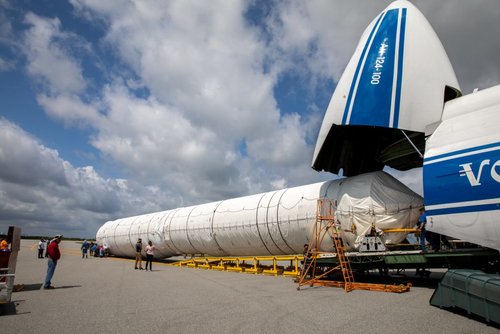So the Mars helicopter has now been named Ingenuity, I like that name. Anyone know how long the helicopter mission is projected to last once it reaches Mars?
The helicopter tests start somewhere between 60 and 90 sols after landing, and they have a 30-sol window for the flights. The test campaign is scheduled to be 5 flights of up 90 seconds each, with no more than one flight per sol because it has to recharge from solar cells between flights.
I keep emphasizing "test" here because I think it's important to note that Ingenuity has very limited capability. Its only sensors are a couple of cameras, nothing NASA is calling a true science payload. The purpose is strictly to see if they can successfully operate a helicopter on Mars; it's up to future missions to integrate a helicopter into the full on science mission.







